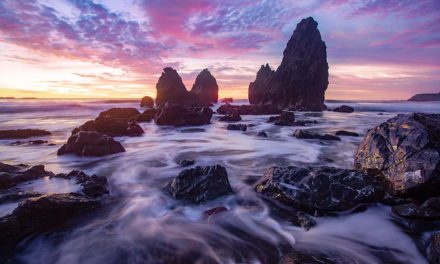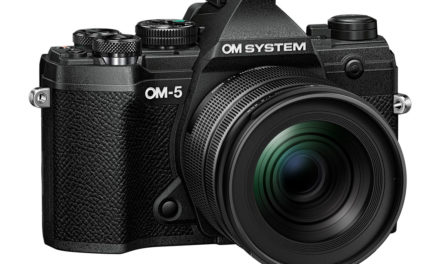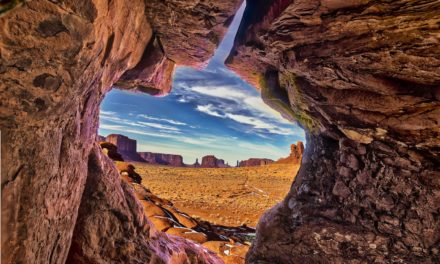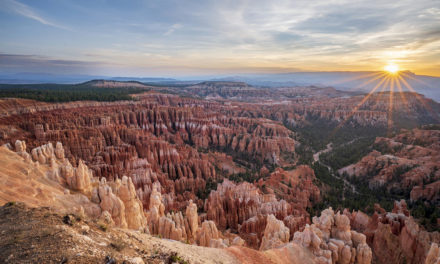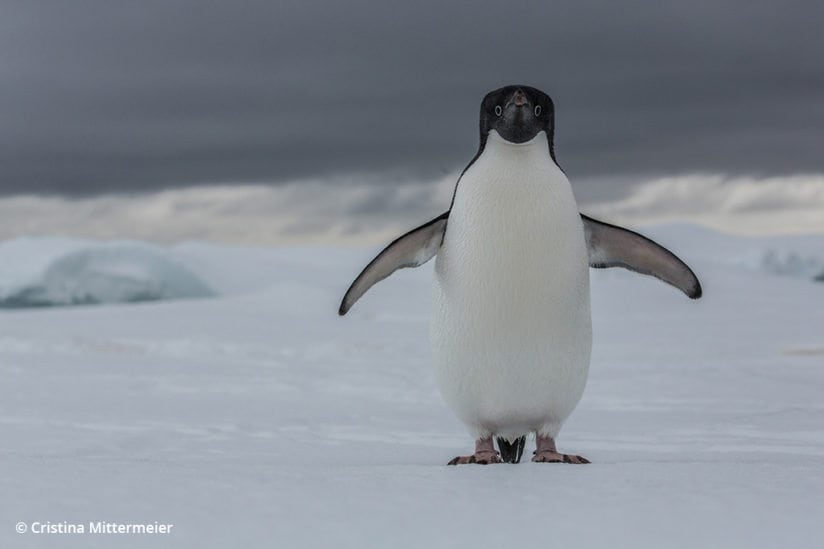
Perhaps no photographer on earth is more passionate about protecting the natural world than Cristina Mittermeier. A photographer and marine biologist, her images have been published in hundreds of magazines including Time and National Geographic. She founded SeaLegacy, an organization dedicated to protecting the world’s oceans, as well as the International League of Conservation Photographers. She is, in short, one of the most essential and influential outdoor photographers in the world.
Mittermeier has been a Sony Artisan for nearly a decade. In that time she has witnessed quite an evolution in DSLRs and innovative mirrorless cameras. None of them, however, have equaled the seismic shift she sees in the new Sony a9. It’s literally unlike any camera she’s ever used before.
“It looks like any other mirrorless camera,” Mittermeier says, “but it’s not a camera as we think of cameras at all. It’s almost like a solid-state device. It’s all new technology and once you start using it you realize it really is like nothing you’ve ever shot with before.”
With her first mirrorless cameras, Mittermeier explains, there was a period of adjustment. She had to learn to work with the electronic viewfinder, for instance, and found the change somewhat unsettling. No longer.
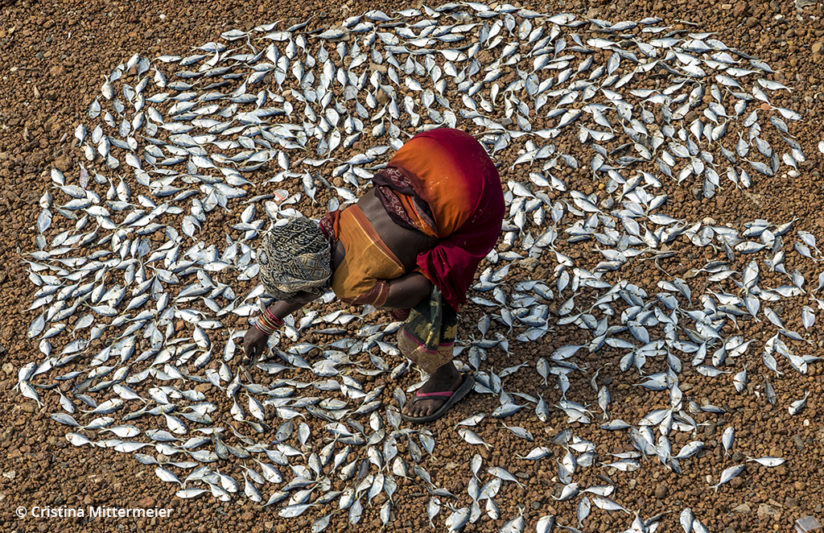
“With the a9 you put your eye to the viewfinder and it’s almost like someone’s given you magnifying glasses,” she says. “It looks incredibly clear and much brighter and bigger. It feels like a really high-resolution viewfinder; it’s a wonderful experience to look through it. I’d come to learn how to use the mirrorless viewfinder, but the a9 is a game changer because it’s like you’re going back to the previous experience—only so much better. And of course you don’t get a delay so you can shoot however many frames a second, is it 20? You don’t see a shutter delay at all. It’s almost like shooting video; you can see the whole time you’re shooting. It’s pretty phenomenal.”
When photographing wildlife, Mittermeier says the speed of the a9 is a huge advantage.
“When you’re trying to shoot, for example, breaching whales,” she says, “you want to push the button and hope you get the perfect frame. That to me is the most amazing thing. It’s just like no other camera I’ve ever seen.”
The A9’s new and improved silent shutter mode is also especially helpful for wildlife photography.
“I’ve used silent shutter before on mirrorless cameras,” Mittermeier explains, “and in order to use it you had to switch to JPEG mode. But with this camera you’re able to shoot silent RAW files. Full frames. So it feels like you’re shooting video and when you look through the viewfinder and push the shutter and hold it down, it just kind of flickers a little bit to let you know it’s shooting, but you can’t hear a thing. And that really matters. All you want to do as a photographer is become a fly on the wall. I don’t want people to know I’m taking their picture and I certainly don’t want animals to know, or to be disturbed. And so I think this is going to be the kind of thing that gets you closer to natural behaviors.”
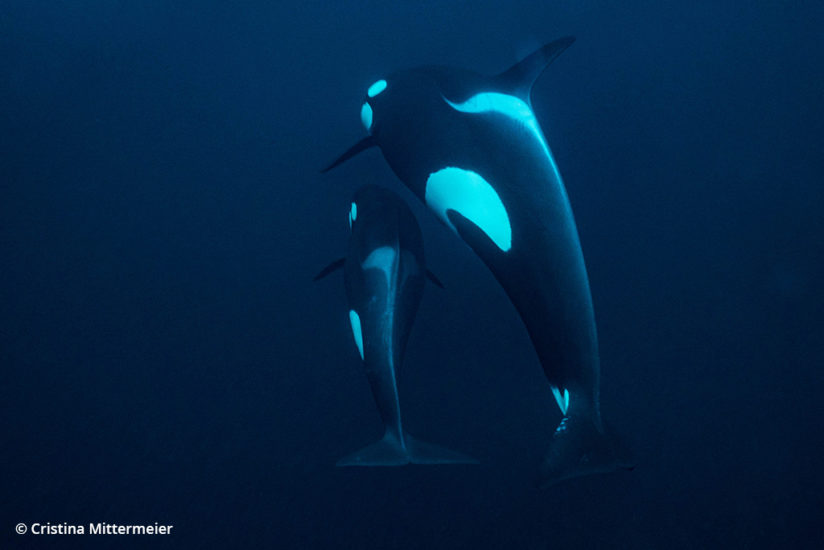
When it comes to wildlife-specific equipment, Mittermeier is most excited about adding the new 100-400mm G Master lens to her kit.
“It was built to go with the a9,” she says. “So you have two computers talking to each other, therefore the speed of the lens and how it works with the camera is just phenomenal. It was built for this camera. A lot of photographers like shooting with bigger lenses, like 600mm, but for me, for 99 percent of my work, 400mm is the longest I’ll go. I like to give my images a little bit of breathing room. I don’t need to see the eyeballs. I like context. I really like that kind of photography, with a sense of place, so this lens for me is perfect. It allows me to be as close as I want to be and it’s light and easy to work with. It’s just so stable, so fast, so sharp… All the things you expect from a great lens.”
Mittermeier is an especially purposeful photographer. When she heads out to photograph wildlife, for instance, it’s not without a deliberate plan. Still, she prefers not to limit the equipment she carries. She’s harnessing the compact size and low weight of the a9 and G Master lenses not to carry just one body and lens, but rather to make it easier to carry more equipment than ever.
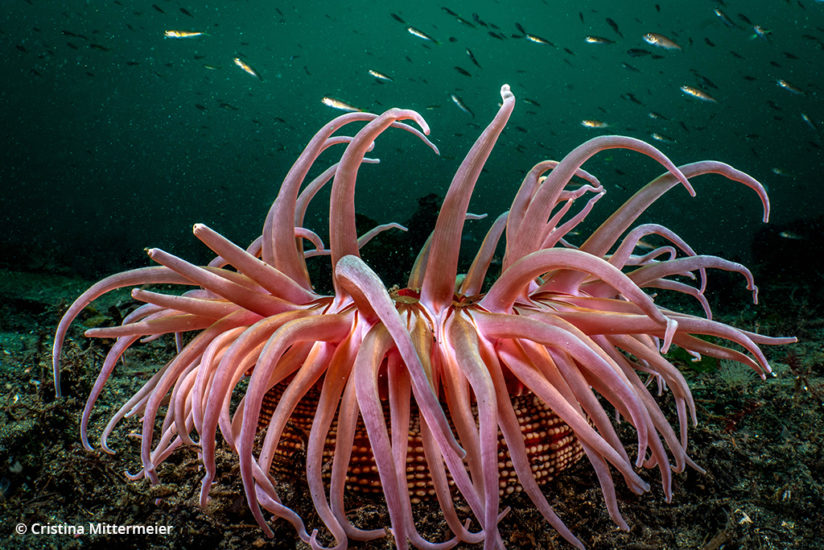
“I think as a professional you set out with a mission to photograph something and you research pretty extensively what it is that you’re going to be looking for,” she says. “Those images usually take days of sitting somewhere waiting, sometimes on a boat, bouncing around. Almost nothing on my web site was done by accident. I have two kits and most of the time I go out with both. One is my underwater housing, which until recently had an a7R II with a 16-35mm and now it’s going to have the a9 with a 16-35mm. We’re waiting for Nauticam, which manufactures the housing, to catch up. I always have my housing with me because you never know if there’s a chance to jump in the water. Just to get a new perspective on some of the things we’re used to seeing. If there’s a grizzly bear on a creek catching salmon can I jump in the water and get a split? How cool would that be! I’m always thinking about that.”
“One of the things about these mirrorless cameras,” Mittermeier says, “is they’re very sensitive to dust. The sensor is so big every time you change lenses you’re introducing sensor dust. So for me as a professional the solution has been to carry three different bodies with three different lenses. I have a 16-35mm, a 24-70mm and I have my 100-400mm now. I also carry other lenses. If there’s a great opportunity for some real wide-angle stuff, you need to have a real wide angle—a fisheye or something like that. And Sony makes an amazing 85mm. I always carry it and I rarely use it. I’m terrified of sensor dust. I’ve spent so many hours in front of the screen just cleaning dust. I’d rather not switch lenses.”
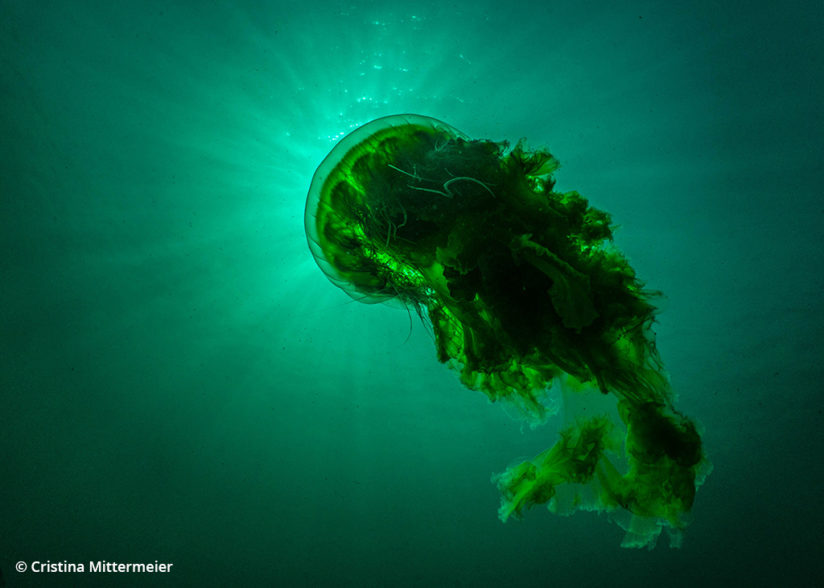
“Because these cameras are so small,” she explains, “it’s now completely feasible to carry three bodies and still be fairly light. So there’s absolutely no reason to jeopardize a shoot just because you’re switching lenses. Of course sometimes you have to, but the less you do it the better.”
Mittermeier appreciates the opportunity to customize her camera’s controls just as she wants them. Because she frequently works in cold climates wearing heavy gloves, she sets the C1 and C2 custom buttons atop the a9 to control often-used functions such as video mode and to switch display between the LCD and the viewfinder. She’s also especially impressed with the improved autofocus features.
“I just turned 50,” she says, “and like all people my age, your eyes start giving out on you and you need to rely on autofocus more. These cameras make that so much easier; there’s absolutely no excuse for missing shots. And the a9 really allows you to put the focus wherever you want it. It has something ridiculous like 600 autofocus points [693, to be exact] covering 90 percent of the frame. I do manually select because if you look at my compositions I really like the idea of the sense of place with a little animal in the corner. And you want the focus to be on that little creature there.”
One might think a world-renowned photographer may turn up her nose at automatic features for improving focus and exposure but, as Mittermeier points out, it’s not the photographer’s process that’s most important, it’s the result.
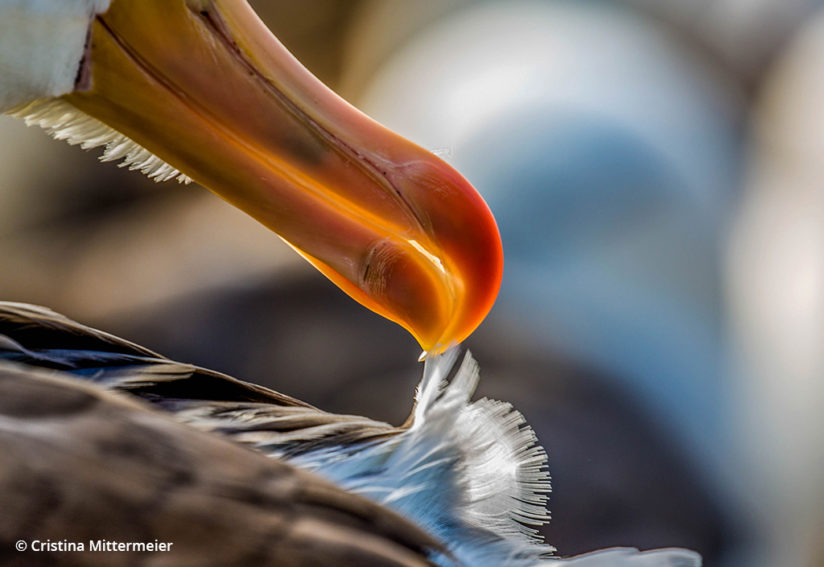
“It certainly depends on what you’re shooting,” she says. “For people, it works well to have face detection when things are happening fast. It just does an incredible job of making things easier. There is no excuse for not understanding the principles of photography, which a lot of people think they can bypass. But the technicalities of the camera are becoming easier as the cameras themselves are becoming more complex. I come from a school of photography where you’re working with some of the most discerning magazines in the world, like National Geographic. They don’t care how I get the picture. They care that I get it. And so I often work backwards. A lot of photographers pride themselves on this idea of shooting everything manual and focusing manually. Well if it’s not getting you the shots then who cares? You have an incredible piece of equipment that really is a supercomputer. Understanding how to use all the bells and whistles, if that gets you closer to the shot you have in mind, that’s what this camera’s for.”
“This camera is an amazing piece of technology,” Mittermeier adds, “and you have to hand it to Sony for reinventing a camera. It looks like a camera, but trust me, nothing inside it is like what we’re used to. There’s not a single moving mechanism in there. It’s almost like a solid-state camera. It’s an amazing thing. You imagine how excited we were to move from film to digital 20 years ago? I feel like this is the beginning of a new revolution in cameras.”
Learn more about the groundbreaking Sony a9 at sony.com.
The post A Passion for Purpose appeared first on Outdoor Photographer.












